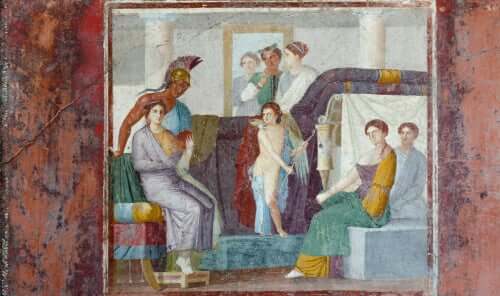Artistic representation is a good narrative, since it develops in parallel, because it is sensitive to it, it is currently still carried out and, in the various forms of expression, there is a specific artistic representation that is gaining popularity due to its value. This is muralism, or graffiti, representation of street art.
Artists dedicated to muralism transform gray and forgotten walls into an explosion of colors, which can be loaded with symbols of protest, cultural and social, is a way to transform the forgotten spaces of cities.
- It’s not about painting to paint.
- There are several groups that work to improve cities through art.
- In this article we will talk about what muralism is.
- Its origins and its importance.
- In addition.
- We will mention some representative muralist movements.
“Graffiti is the art of the contemporary city, an artistic form that transforms the city walls into receptacles of surprising formal metamorphosis. Is this the art of urban pulsation?. -Josep Cataly-
Muralism, for many, is a type of street art, consists of artistic interventions through different techniques and materials, on each wall there are languages and urban expressions, there is no common aesthetic, it depends on each artist.
According to Martha Cecilia Herrera and Vladimir Ola, in her article for Numadas magazine, muralism is one of the most representative brands of contemporary cultures; in addition, they are aesthetic constructions that mobilize forms of political thought.
Muralism as a movement arose after the Mexican revolution, at that time sought to socialize art and rejected any work of commercial circles, have proposed the production of works that reflect Mexican reality, whose main representatives were Diego Rivera and David Alfaro Siqueiros. .
Muralism took place mainly in public buildings and quickly began to develop throughout the United States. This type of art has continued to be made since that time, when the walls brought back aspects of culture and society.
Murals are essential because they are a meeting between the past, the present and the future, as well as giving meaning to individuals and collectives and establishing new relationships that challenge aspects of the current social order.
Street representations are constructions that question the present and help to make certain realities visible and remember, giving meaning to the current sociocultural situation and opening new horizons for its visibility.
These spaces are essential because, through interventions, they shape authentic aspects of the context and transform opaque spaces into visible and living places.
Many of these works not only color the walls, but with their painting transform the thinking and emotions of the people around them, even save forgotten neighborhoods by giving them new perspectives, mark territories and emerge from communities.
Muralism is present all over the world. Let’s look at some examples, both classic and current:
The street show is something that continues to happen, for example, in Cali, Colombia, there is a collective called Mesa de Gracia Urbana, which seeks to manage, support and carry out activities for the growth of art in the city through educational projects. is just one example of how muralism is booming.
Through the art of mural painting, we can represent emotions and thoughts easily accessible to the public, it is an art from another perspective, which enters the social and the cultural, to fill the spaces of color not only through painting, but also through transformation and various enriching projects.

